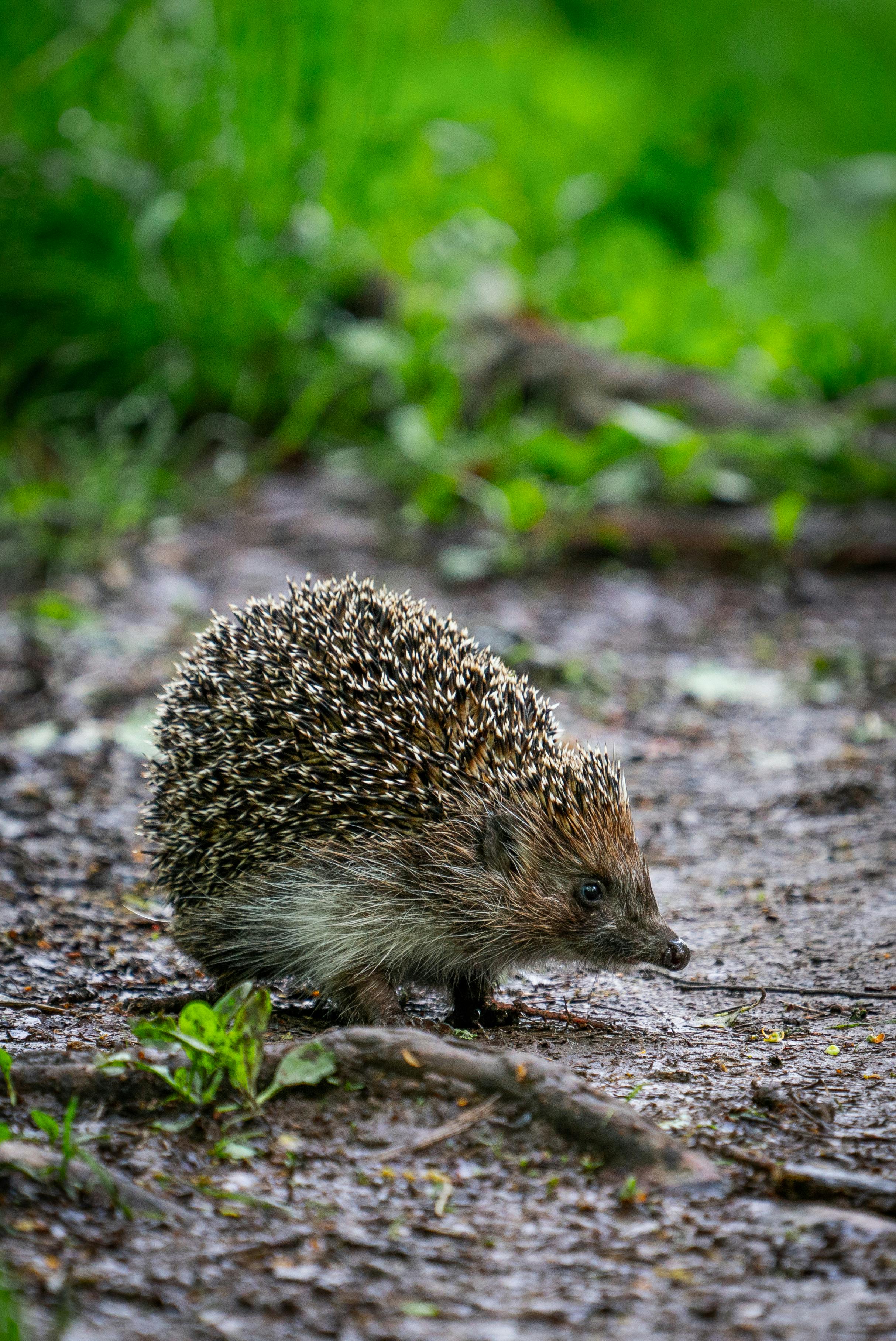Apply Now
Top 5 Effective Ways to Understand Rex Rabbit Size in 2025
Understanding the size of Rex rabbits is crucial for potential pet owners, breeders, and enthusiasts alike. The Rex breed is known for its unique fur and varying sizes, which can affect housing, care, and general maintenance. As Rex rabbits continue to thrive as beloved pets in 2025, knowing how their size influences various aspects of ownership is essential. This article will explore effective ways to understand Rex rabbit size, covering everything from dimensions to weight and factors influencing growth.
By the end, readers will gain valuable insights into average sizes, necessary housing accommodations, and proper nutrition for different grown sizes of Rex rabbits, thereby fostering better care and improved quality of life for these charming companions. With this knowledge, you will make informed decisions about introducing a Rex rabbit into your family.
Understanding Rex Rabbit Dimensions and Weight
To effectively gauge Rex rabbit size, it’s vital to know the standard dimensions and weights that characterize this breed. A **standard Rex rabbit size** generally ranges from 8 to 12 pounds, while **giant Rex rabbits**, on the other hand, can grow significantly larger, reaching up to 14 pounds or more.
Factors influencing these dimensions include genetics, diet, and environmental conditions. For example, while some newborn Rex rabbits start as small as a few ounces, proper diet and care can lead to significant growth within months. It's essential to track their growth rates using a **rex rabbit growth chart**, comparing sizes at various stages of life, from newborn to adult.
Moreover, an understanding of average weight variations by age can aid in assessing the health of your Rex rabbit. Keeping an eye on growth patterns ensures that your rabbit maintains a healthy weight and stays within the average Rex rabbit weight range.
Size Variations: Miniature vs. Giant Rex Rabbits
Rex rabbits come in various sizes, including **miniature**, standard, and giant variants. Miniature Rex rabbits typically weigh less, averaging 3 to 5 pounds, while giant Rex rabbits can exceed 10 pounds. Recognizing the differences in size and adapting care accordingly is critical.
For miniature Rex rabbits, you might need less space, while larger breeds require ample room to move and explore. Understanding these size variations helps owners provide richer habitats, reducing the likelihood of health issues associated with health-related stress.
Assessing Health Based on Size
Another crucial aspect of understanding Rex rabbit size is the correlation between size and health. Overweight Rex rabbits face several common health issues, including heart problems and joint stress. Therefore, recognizing what constitutes a **healthy size** for your Rex rabbit is essential.
Veterinary care plays a pivotal role in monitoring your rabbit's health. Regular check-ups combined with proper nourishment can mitigate size-related health complications, ensuring that your pet stays happy and thriving.
Size Considerations in Breeding
When **breeding Rex rabbits**, understanding the size and weight of parent rabbits is essential. It’s advisable to select breeding pairs with compatible sizes to promote healthy offspring. Knowing the **rex rabbit breed standards**, including size requirements, can help in selecting suitable breeding pairs.
Healthier bloodlines and size-compatible mates contribute to the well-being of future generations. Additionally, good breeding practices emphasize dimensions that reflect desired breed characteristics and minimize risks associated with extreme sizes.
Common Myths About Rex Rabbit Size
In the realm of rabbit care, many misconceptions exist regarding size. One common myth is that larger Rex rabbits are inherently healthier than their smaller counterparts. This isn't necessarily true; health is more closely linked to genetics and care than to size alone. The notion that small rabbits require less care can also be misleading, as their needs can be just as intricate as larger breeds.
Being aware of these myths enables potential owners to navigate rabbit ownership with a more informed approach, ensuring that size does not overshadow the essential needs of Rex rabbits.
Factors Influencing Rex Rabbit Growth
Growth in Rex rabbits is largely influenced by genetics and nutrition, two critical areas that prospective owners and breeders must consider. The right diet affects not only size but overall health and well-being.
Understanding Genetics and Breeding Size Variants
Genetics play a significant role in defining the size of a Rex rabbit. Selective breeding practices have led to the establishment of various size categories within the breed. Awareness of genetic lines can help future owners gauge the expected size of their rabbit and explain variations among Rex rabbit sizes.
For those raising **breeding size variants of Rex rabbits**, attention to how genetics influences size can optimize breeding outcomes and normalize healthy size standards within populations.
Nutrition Requirements for Different Sizes
A balanced diet tailored to the size of your Rex rabbit is essential. **Nutrition needs of large Rex rabbits** often differ from those of their smaller counterparts. Larger rabbits require diets rich in fiber but balanced with sufficient protein to support their growth.
Moreover, understanding **feeding requirements for growing Rex rabbits** is vital. A diet that lacks essential nutrients can stunt growth or lead to obesity—common health issues that arise from improper feeding practices.
Environmental Needs Based on Size
Since size affects a Rex rabbit’s spatial requirements, setting up appropriate living conditions is crucial. Larger Rex rabbits necessitate spacious housing, with ample room for exercise. This includes understanding how **rex rabbits and living space** interact, ensuring that their environment is both enriching and safe.
Additionally, both indoor and outdoor spaces must accommodate exercise needs based on size, confirming that all rabbits have sufficient opportunities to roam and engage in natural behaviors.
Psychological Needs Related to Size
Different sized Rex rabbits may exhibit unique psychological behaviors. Understanding the **psychological needs of Rex rabbits** based on their size can lead to healthier and more fulfilling interactions. Smaller rabbits may require closer human contact, while larger breeds could benefit from more autonomy in their spacious environments.
Recognizing these behavioral traits fosters empathy towards each rabbit’s requirements, which is necessary for owners aiming to provide a harmonious living arrangement.
Caring for Rex Rabbits of Varying Sizes
Proper care for Rex rabbits varies considerably depending on their size. Let's delve into some effective care techniques adapted to the different dimensions of Rex rabbits.
Housing Considerations for Different Sizes
Creating the right living space for Rex rabbits hinges on accommodating their size. Larger rabbits need more spacious enclosures with facilities for climbing, running, and other physical activities. Consider investing in multi-level housing or large pens to promote healthy movement.
In contrast, smaller Rex rabbits might thrive in cozy enclosures but still require a version of play space that encourages exploration and mental stimulation. This balance between safety and engagement is paramount.
Grooming Requirements by Size
Grooming Rex rabbits is an essential part of their care that can vary based on size. **Grooming Rex rabbits by size** not only aids in maintaining their coats but also allows owners to check for any signs of health issues that often manifest in their fur.
Regular brushing for both sizes prevents matting and reduces the likelihood of skin problems. Additionally, bathing frequencies should be adapted to their size—larger rabbits, which require more grooming, may need more assistance than smaller ones.
Exercise Needs of Rex Rabbits by Size
Exercise is crucial for maintaining a healthy weight and overall condition in Rex rabbits. For example, larger rabbits need ample space to exercise freely, while smaller rabbits might only require safe play areas that can be created in limited indoor spaces.
Providing **exercise needs for different sizes of Rex rabbits** enhances their physical well-being and curbs negative behaviors that arise from boredom or confinement. A regular play schedule tailored to their size fosters a happy and engaged pet.
Special Care for Aging and Elderly Rex Rabbits
As Rex rabbits grow older, their size plays a role in informing customized care. Larger rabbits may encounter more mobility issues, while smaller ones might face unique challenges related to their screwy physiology. Owners must adapt care routines by monitoring health closely, paying attention to changes that may arise as their beloved pets age.
Regular check-ups with a veterinarian that understands size-related health issues are essential for extending the quality of life of your Rex rabbit, ensuring they continue to thrive well into their golden years.
Conclusion: Importance of Understanding Rex Rabbit Size
In conclusion, understanding Rex rabbit size is fundamental to ensuring appropriate care and fostering a healthy environment for these delightful pets. By exploring effective methods to gauge dimensions, weights, and the unique needs that correlate with various sizes, owners can provide optimal care for their animals.
The information shared throughout this article highlights the importance of recognizing size-related factors in safety, health, and emotional well-being. Such knowledge empowers future Rex rabbit owners, leading to a more rewarding experience for both the owner and their pet.




